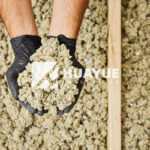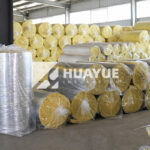Fiberglass Piping Insulation: What Makes It the Best Addition to Your Industrial Setup?
Industrial pipes lose energy fast, corrode easily, and make life difficult if left unprotected. Insulating them with the right material can change everything for safety, savings, and performance.
Fiberglass pipe insulation is a high-performance material made to reduce heat loss, prevent condensation, and avoid safety hazards in piping systems. It is easy to install, lasts a long time, and fits most industrial or commercial pipes.

If you are planning a new plant, upgrading old pipelines, or just trying to avoid costly maintenance, you will want to know what makes fiberglass insulation work so well in real-world conditions. I have worked with many engineering teams facing these problems, and I can show you what important points are easy to miss and what solutions matter most.
Can fiberglass insulation go around pipes?
Bare pipes bleed energy, leak condensation, and make plant operators nervous. Insulating them the right way changes this risk to advantage.
Yes, fiberglass insulation is made to fit around all standard pipe sizes. It stops heat loss, fights condensation, and keeps the system safe. Most products come as pre-formed, split sections or flexible mats. No special tools are needed to install them.
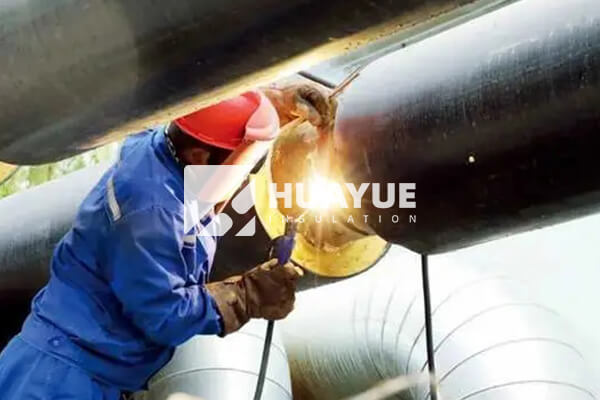
Fiberglass insulation for piping comes mainly as pre-formed tubular sections or flexible sheets. Each type can wrap around straight runs, elbows, and other pipe fittings. Tubular sections have a split down one side. This makes it easy to clamp over the pipe, and cover the joint with tape or jacketing. Flexible sheets or rolls are better for large-diameter pipes or odd shapes. You just cut them to fit, wrap them, and secure with bands or tape. Thickness can range from just 1 inch to over 4 inches, depending on insulation needs. The right thickness keeps surface temperatures safe, stops condensation, and lowers running costs. Tubular fiberglass insulation usually includes a vapor barrier too, which keeps moisture out and stops corrosion under the insulation. For high-temperature piping, products are rated for continuous use above 400°C.
Here is how fiberglass pipe insulation fits most typical pipe types:
| Pipe Type | Pre-Formed Section | Flexible Sheet | Typical Use |
|---|---|---|---|
| Small diameter (≤6") | Yes | Sometimes | HVAC, hot/cold water |
| Large diameter (>6") | Sometimes | Yes | Process piping, tanks |
| Bends/elbows | Yes (mitered) | Yes | Complex pipe runs |
If you need to control energy loss, keep condensation away, or protect your staff and equipment from burn risks, wrapping pipes with fiberglass insulation should be your top solution.
What is a fiberglass pipe insulation?
When uninsulated pipes waste energy, sweat, or freeze, operational costs skyrocket and failures are common. Insulation keeps lines running smoothly.
Fiberglass pipe insulation is a form-molded or flexible insulation made from spun glass fibers. It is engineered to cover piping and protect against temperature loss, condensation, fire, and mechanical damage.
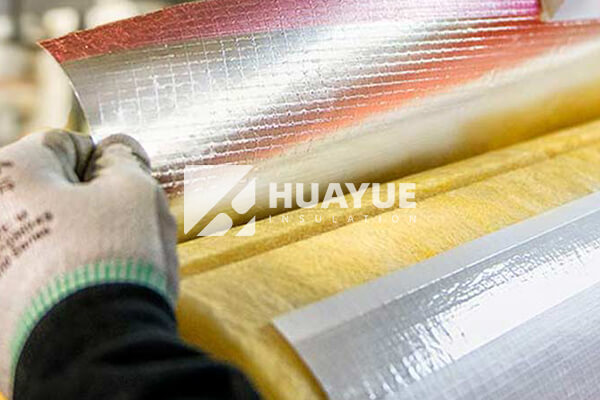
Fiberglass pipe insulation is mostly spun from recycled glass that gets melted and formed into long threads. These threads lock together, creating a dense, sponge-like mat. The mat is then shaped into tubes with a built-in slit for fast installation or pressed into rolls or boards. The air pockets inside this mat do most of the insulating. Air is a very poor conductor of heat. Adding more trapped air, as fiberglass does, reduces both heat loss and gain. Most industrial fiberglass pipe insulation includes a kraft paper or aluminum vapor barrier, keeping moisture away from both the pipe and the insulation itself.
This combination gives fiberglass insulation several important features:
| Feature | Why It Matters |
|---|---|
| Non-combustible | Improves fire safety in plants |
| Moisture resistant | Reduces risk of corrosion and mold |
| High R-value | Provides dependable insulation for hot/cold piping |
| Lightweight | Easy to handle and transport |
| Wide temperature range | Works from subzero up to 450°C |
I always recommend fiberglass pipe insulation where energy efficiency and safety are top priorities, particularly when dealing with hot process lines, chilled water systems, or cryogenic tanks.
Is fiberglass pipe insulation better than foam?
Choosing between fiberglass and foam confuses even experienced engineers. Pick the wrong one, and you get water leaks, short service life, or unexpected shutdowns.
Fiberglass insulation outperforms foam for fire resistance, high-temperature tolerance, and long-term durability—especially where pipes run hot or are exposed to fire risk. Foam can be better for below-ambient lines if vapor sealing is critical.
Now, let’s break it down:
Fiberglass insulation works well up to 450°C and is rated as non-combustible, so it is safe in fire-prone locations. Foam, like polyethylene or rubber foam, will start to break down at lower temperatures (often around 90–120°C) and can burn or melt if hit by open flame. Foam provides excellent vapor sealing, which is important for cold lines where condensation can cause problems. But it is much more sensitive to cuts, crushing, and long-term water ingress.
| Feature | Fiberglass | Foam |
|---|---|---|
| Fire safety | Non-combustible | Can burn |
| Max service temp | Up to 450°C | Up to 120°C (typical) |
| Mechanical strength | High | Medium/low |
| Water absorption | Very low (with vapor barrier) | Can absorb if outer layer is damaged |
| Cost | Moderate | Low to moderate |
| Longevity | 20+ years | 5–10 years |
When I advise plant operators working with process steam, high-temp fluids, or critical utility lines, fiberglass always comes out ahead for performance and safety. Foam suits specialty jobs, like refrigerant lines, where vapor seal matters more than fire rating.
Where can I buy fiberglass pipe insulation?
Finding trusted insulation for an industrial project can be hard. Cheap suppliers may cut corners, costing you more later with repairs or early failures.
Industrial fiberglass pipe insulation is available from specialized manufacturers and distributors—look for proven experience, independent quality certifications, and strong support services to get the best value.
You can buy fiberglass pipe insulation through dedicated building materials suppliers, industrial distributors, or straight from the manufacturer’s network. I always suggest checking for manufacturers with proven ISO and CE certifications so you know products will actually protect your system as promised. For large projects, going directly to the source offers the best pricing and support. Many companies can cut insulation to size, bundle accessories (like jacketing and vapor barriers), or offer design help to make sure you get what your tanks or pipe systems really need.
Questions I always ask suppliers before ordering:
- Do you have ISO or CE certification?
- Can you supply test reports or product data?
- Are formats and thicknesses available for all pipe sizes?
- What about logistics—can you meet your timeline and deliver undamaged goods?
- Who supports you if you need technical help or replacement?
When buying for a tank farm or plant expansion, choose recognized brands or OEM partners who can scale production, offer technical support, and guarantee fast shipping no matter your location. This approach reduces headaches and ensures long-term reliability for demanding sites.
Conclusion
Fiberglass pipe insulation protects piping from heat loss, condensation, and mechanical damage, while offering fire safety and low maintenance—making it the best choice for industrial energy savings and reliability.
You may also be interested in:
Ready to Get Started?
Get in touch with our experts for personalized solutions tailored to your needs.
Get Free QuoteLatest Articles
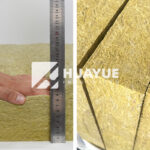
What Does Density Mean for Rock Wool Insulation?
Nov 25, 2025

Does mold grow on fiberglass insulation?
Nov 25, 2025
Let's Work Together
Ready to take your business to the next level? Get in touch with our team of experts and let's discuss how we can help you achieve your goals.
Get Free Solutions



